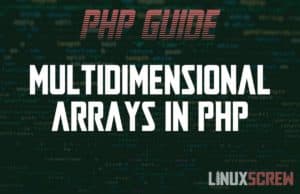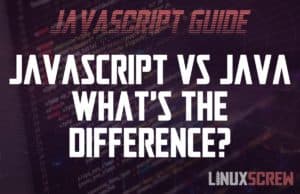Home » 2021
The uniq Command In Linux – Tutorial and Examples
This article will explain how to use the uniq command in Linux to find or filter repeated lines in files and provide some usage examples. The uniq command is a simple command which either outputs or omits repeated lines in the supplied input or file. uniq Command Syntax The syntax for the uniq command is as follows: uniq OPTIONS INPUT OUTPUT Note that: OPTIONS is a list of options from the below table INPUT should be the path to the file to be read *Standard input *can also be used OUTPUT should be … Read more



![Converting a List to a String (and Back!) in Python [Examples] 3 Python List to String](https://cd.linuxscrew.com/wp-content/uploads/2021/06/python-list-to-string-feature-300x194.jpg)


![Delete Files Older Than X Days/Hours in Bash [Examples] 6 Bash Deleting Files Older Than X](https://cd.linuxscrew.com/wp-content/uploads/2021/05/bash-delete-files-older-than-feature-300x194.jpg)


![OpenWRT: Secure DNS over TLS with LuCI [No Command Line] 20 OpenWrt Secure DNS TLS Tutorial](https://cd.linuxscrew.com/wp-content/uploads/2021/05/openwrt-secure-dns-feature-300x194.jpg)
![Segregating Devices and Networks in OpenWrt [Tutorial] 24 OpenWrt Segregated Wifi](https://cd.linuxscrew.com/wp-content/uploads/2021/05/openwrt-segregated-network-feature-300x194.jpg)